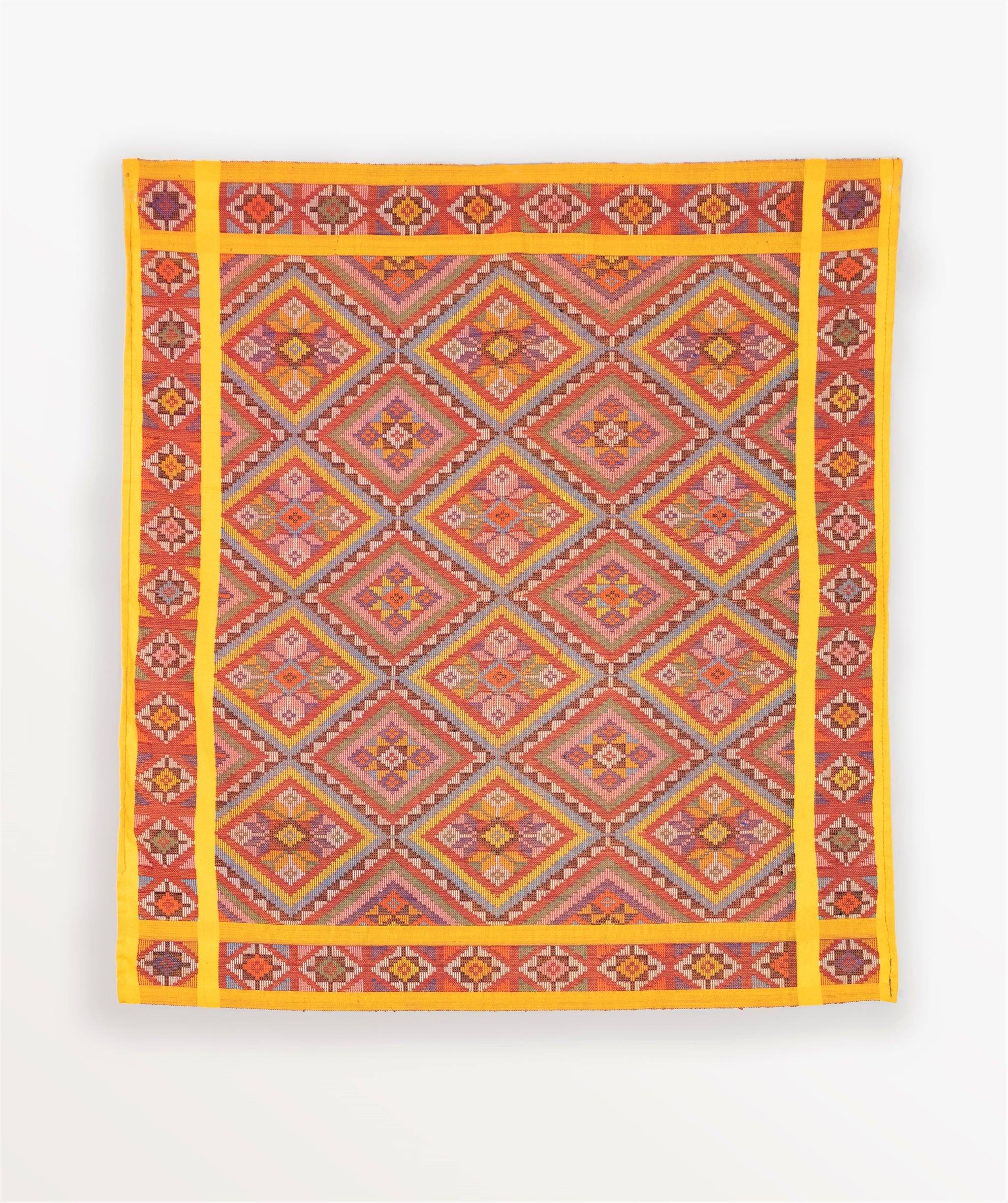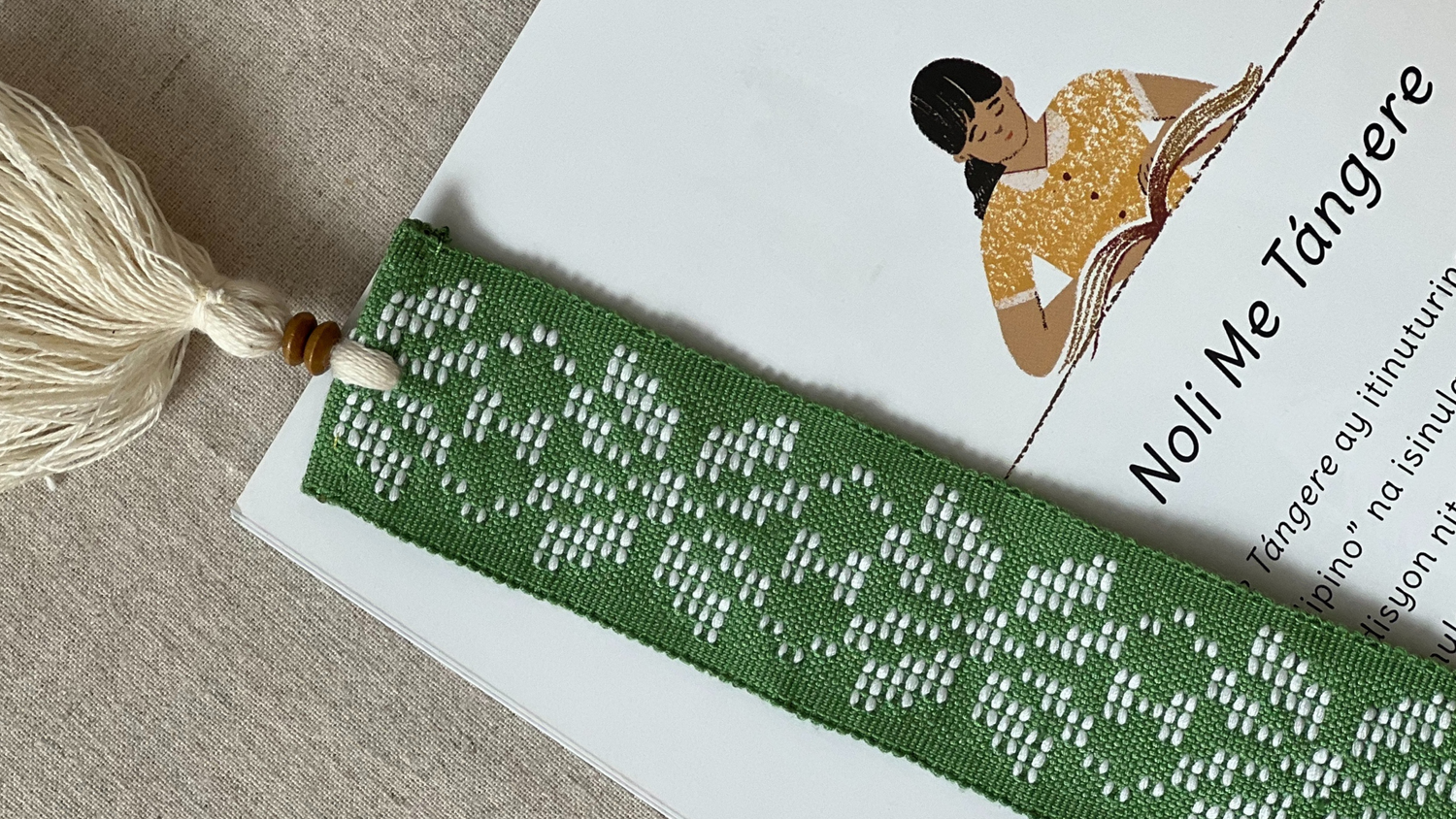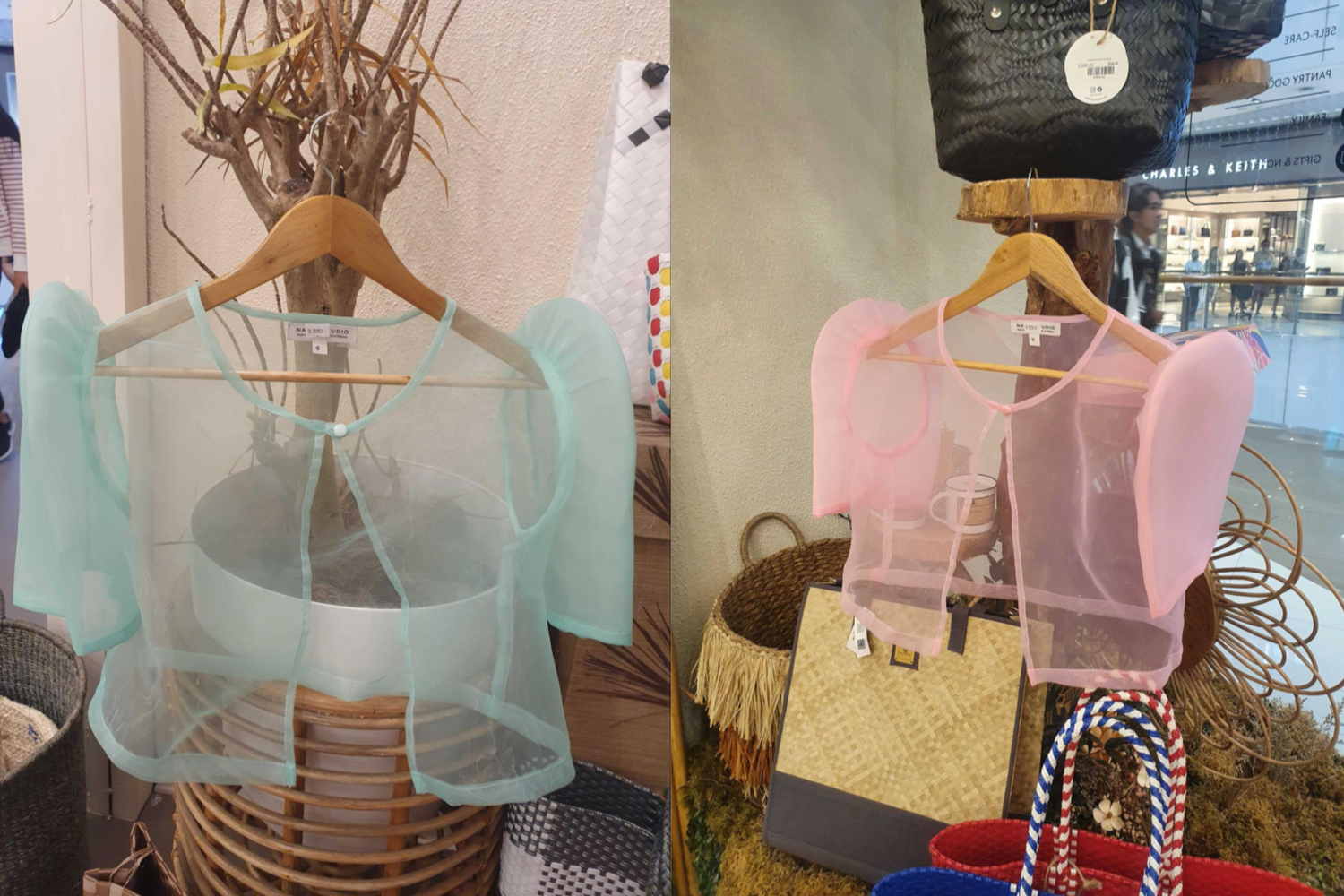It’s always amazing to see the designs, colors, and textures of traditional clothing worn by Filipino indigenous cultural communities. Traditional garments not only reflect their identity but also their aesthetics, unique worldview, and spiritual beliefs. Handmade clothing also showcases a community’s skills in cultivating, gathering, and preparing materials weaving, embroidery, and beadwork.
The Yakan are one of the indigenous groups in the Philippines who have a long tradition of weaving and their handwoven textiles are notable for their intricate geometric patterns and brightly colored designs. Today we’re taking a closer look at one of the most colorful and highly prized items of clothing among the Yakan people: the saputangan.
The saputangan is a square piece of woven cloth usually measuring no less than 74 centimeters on its sides. While most commonly used as a headscarf, the saputangan also functions as a sash or waistband to secure their sawal (trousers worn by both men and women) in place. How the Yakan headscarf is worn—twirled, folded, or casually placed on the head—communicates where the wearer is going.

Yakan weavers employ a complex suk-suk design technique where no less than 70 design sticks are used to make a single saputangan pattern. At the very center or pussuk of the seputangan is the principal motif. It can be a flower or star shape inside a small diamond shape. This motif is repeated and elaborated in various geometric shapes such as squares, zigzag forms, parallelograms, and triangles within bigger diamond-shaped spaces.
The edges of square layout have the parikat, a border that features tiny patterns that are identical to the principal motif. An inch-wide plain line without patterns runs through the four sides of the central square, outlining the central square area and framing it within a perfectly symmetrical geometric composition.
Traditionally, the saputangan is exclusively worn by women, with men having their own square headcloth, the pis, which measures a meter square and done in plain weave.
Our Yakan headscarves are proudly made by fourth-generation weaver and cultural advocate, Evelynda Otong.




 Fourth-generation Yakan weaver and cultural advocate Evelynda Otong
Fourth-generation Yakan weaver and cultural advocate Evelynda Otong Our
Our 

